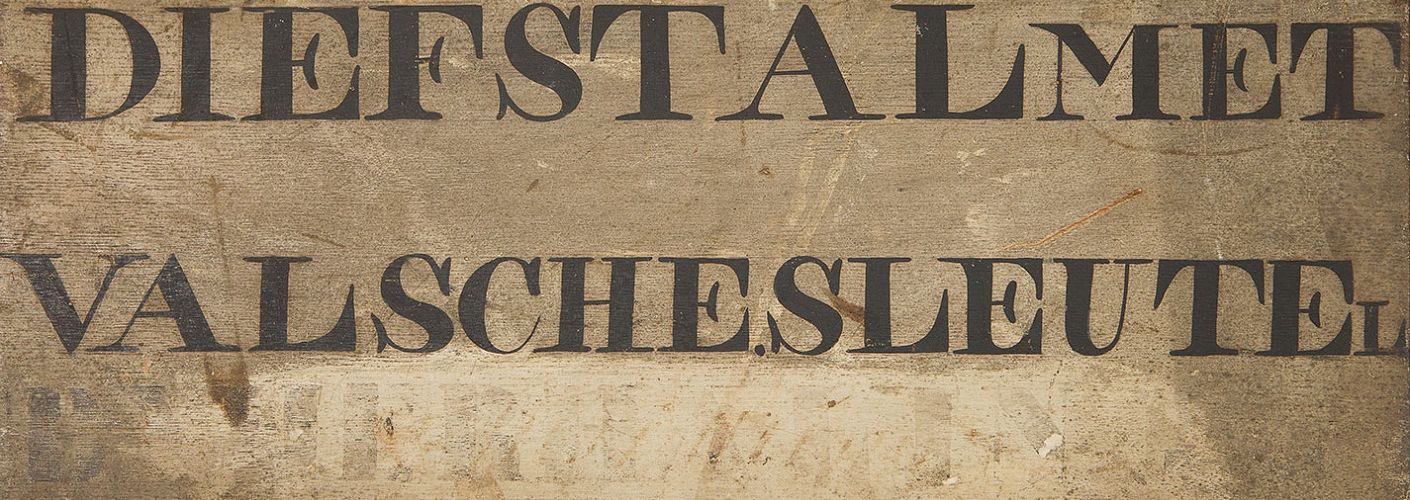Robert M., Benno L., Naoufel F.: when we see names like these in the news, we immediately become curious. Who are they and ... what did they do?! In order to grant suspects and perpetrators some privacy, journalists comply with the practice of not naming surnames and using black strips to protect suspects’ identities in photos. After all, the public can be quick to condemn people, with all the consequences this brings for the individuals themselves – certainly if they prove to be innocent after all.
‘Naming and shaming’ as legally enshrined justice (or injustice)
‘Naming and shaming’ – revealing the name associated with a negative story – has become an established term in law. In criminal cases, this can result in a punishment being downgraded, a different punishment, or even damages. After all, having one’s privacy breached already constitutes an additional punishment. Forms of naming and shaming are becoming more significant, though: the Public Prosecutor has become less hesitant about releasing photos, while the press has discovered that ‘crime’ sells well. The history of the Prison Gate shows that the mechanism of ‘naming and shaming’ has been around for centuries. From the 14th century, public shame and humiliation were even standard components of punishment. The ‘placards of shame’ in the Prison Gate bear literal witness to this.
A unique collection of shaming placards
The collection of 19th-century ‘placards of shame’ in the Prison Gate Museum is unique in the Netherlands. Wearing a heavy wooden placard such as this, you had to stand in a square or next to the town hall, bound to the pillory. In this way, everyone knew what you had been accused of: ‘breaking and entering’, ‘perjury’, ‘coin violation’. The crime could also be described in more detail, such as: ‘Seduction of a girl aged under 16’. Or, in much more detail:
‘Theft at night from an occupied house or premises serving as a house, with the aid of a false key, theft as a workman from the warehouse or store of his master.’
It is hardly surprising that the descriptions were so detailed; the rules on punishments had been drafted meticulously ever since the Prison Gate was first founded.
Digital shaming
There are no rules governing the most recent variant of the placard of shame: digital shaming. At the start of this decade, naming and shaming via the internet was still largely something between individuals themselves. But partly thanks to Twitter users such as Donald Trump, naming and shaming has now become a daily occurrence. The great difference with the shaming placards of the past is that justice used to be administered first, whereas today, the public themselves can pass judgement; the tweet has become the fast-as-lightning shaming placard of our time.
